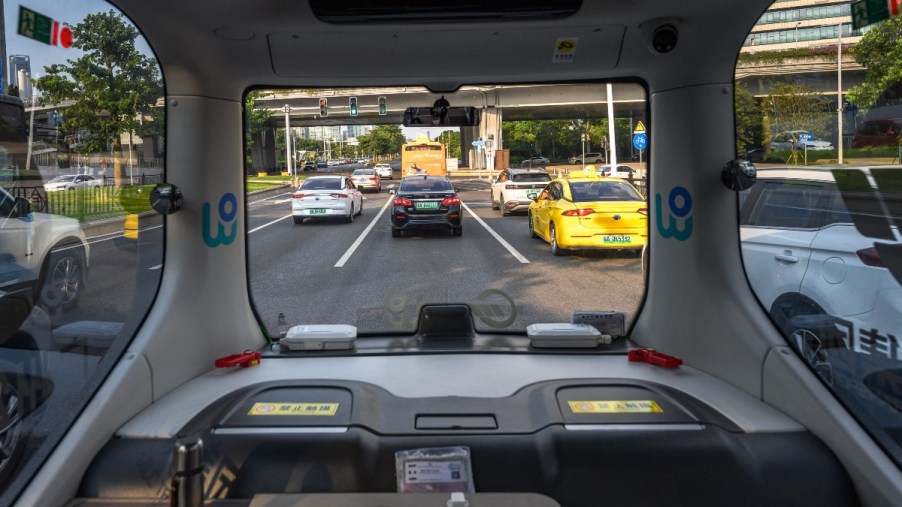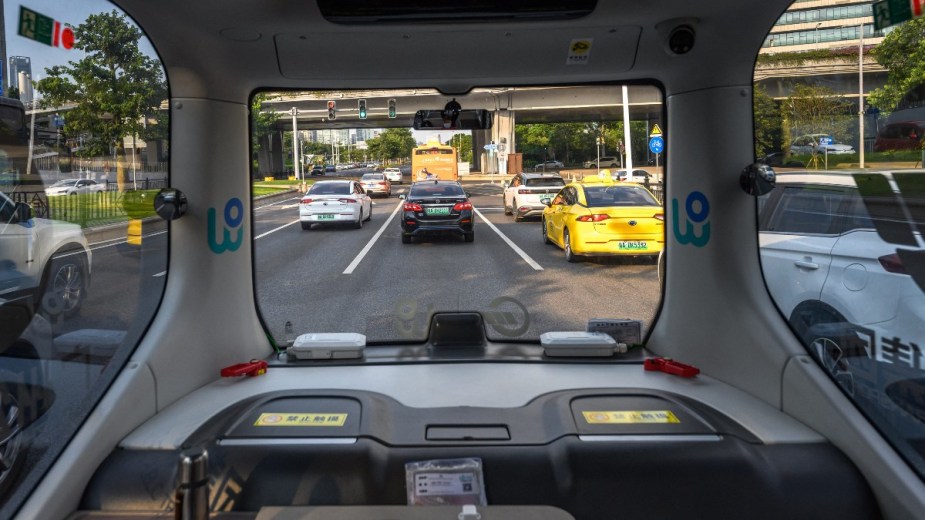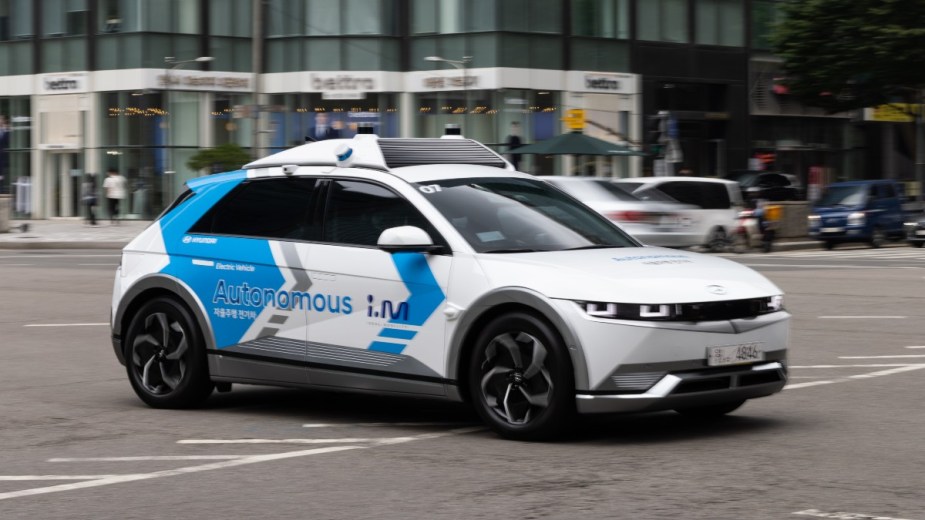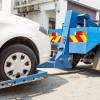
Driverless Cars Are Hitting the Road in Shenzhen
The automotive industry is ever-evolving as automakers want to add even more advanced technologies. One area where automakers are looking to stand out is when it comes to autonomous driving. Autonomous driving is something automakers and drivers have been dreaming of; now, it seems closer than ever before. On the roads of Shenzhen, known as the “Silicon Valley of China,” self-driving cars are hitting the streets with some new regulations.
Driverless autonomous cars are the next big step
There are a few choices to consider when shopping for an autonomous vehicle. But, in all these models, a driver must be in the front. Some cameras sense a driver in the front seat for the systems to work correctly. Even more, those sensors will detect if the driver is paying attention; if the driver is not, the system will send an alert.
But, in Shenzhen, a city in the province of Guangdong, China, a new regulation was passed to allow these autonomous vehicles to operate without a driver at all. This will enable autonomous cars to go on the road without a human in the driver’s seat. But, this can only happen when the vehicle is driving within the city limits.
How do autonomous vehicles work?

Autonomous vehicles are some of the most anticipated models and feature technology drivers and passengers have been clamoring for. They utilize many cameras, sensors, and technologies for these vehicles to work. Specifically, autonomous vehicles utilize all these technologies to have a constant view and map of the road ahead. In addition, these cars will use constantly updated maps to have the most accurate data on the roads ahead.
Another aspect that allows these vehicles to drive safely is the use of lidar. Lidar is “Light Detection and Ranging” and is used to measure ranges at various ranges. Using light, more specifically, a pulsed laser, the system can give your car accurate data and ranges to ensure it can drive safely.
Are there any risks associated with fully-autonomous cars?

As with any car, there are risks to driving. But, things get a bit muddied when it gets into autonomous cars. The risks that most would think of would be related to accidents or traffic violations. Regarding traffic violations, ideally, the car’s safety systems would prevent that from happening. But, if they do occur, the owner or manager of the vehicle would be responsible for any violation. The same applies in the event of an accident unless the accident results from a manufacturer defect.
If a driver is in the car, the process would be the same for any other infraction in a typical car.
Autonomous vehicles are close but still have a way to go
Drivers and passengers have been dreaming of the day that the car will handle the entire driving experience. The passengers inside could simply enjoy the ride doing whatever they please. In the last few years, companies such as Waymo have made significant strides toward the goal in the U.S. The new regulation is an even bigger step in the right direction! But, there is still a lot of work to be done.


